-
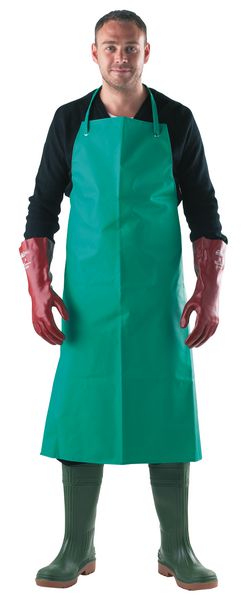
High protection hazardous chemical-resistant clothing from Chemmaster
£26.99Supplied in: Single -
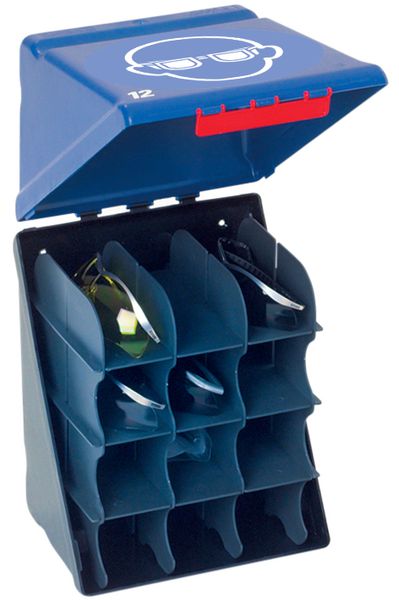
12 Compartment Security Box for Safety Eyewear
From £59.99 To £98.99Supplied in: Single -
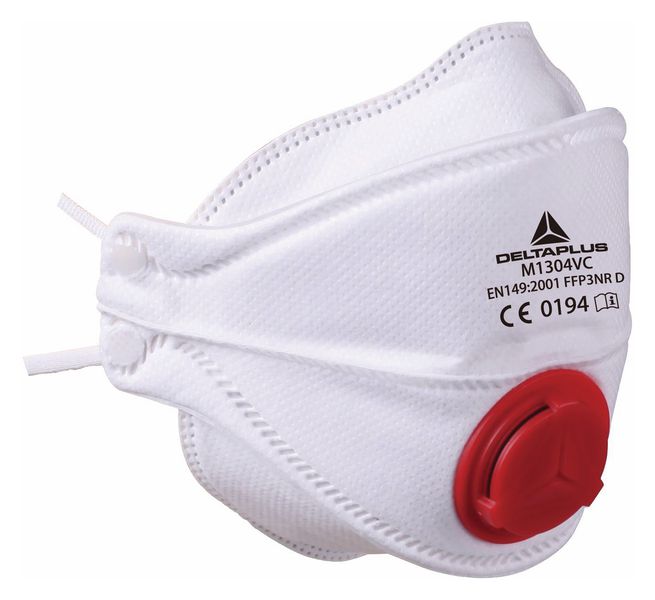
Disposable Dust Masks from Delta Plus FFP3 Rating
£29.61Supplied in: Box of 10 -
Promotion
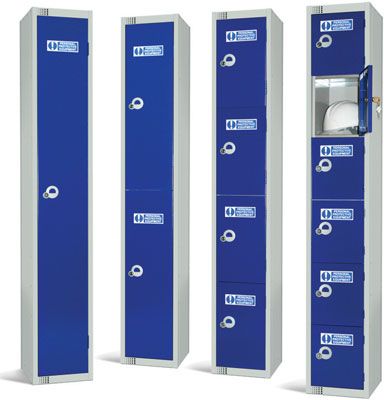
Durable PPE Tiered Workplace Locker System
From £129.99 To £459.99Supplied in: Single -

Safety Anti-Fatigue Mat – Bubblemat
From £89.99 To £158.99Supplied in: Single -
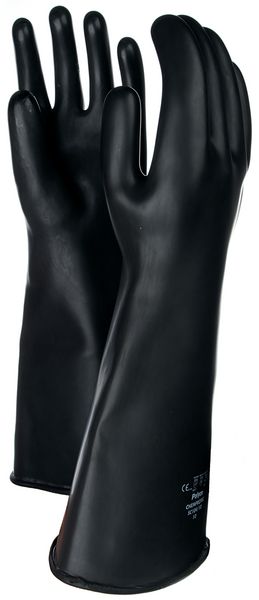
Polyco Chemprotect Rubber Chemical, Cut and Abrasion Resistant Gloves
From £12.99 To £21.99Supplied in: One pair -
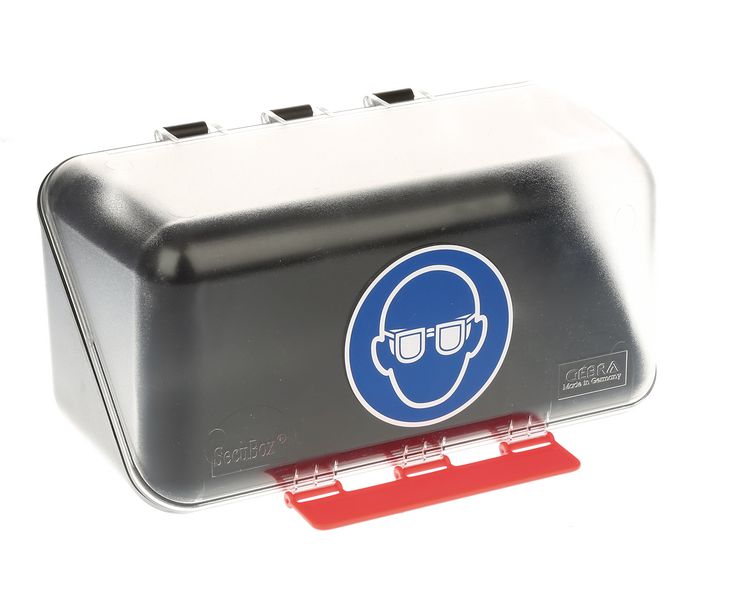
PPE Single Storage Boxes - Eye Protection
From £17.99 To £37.99Supplied in: Single -
Promotion
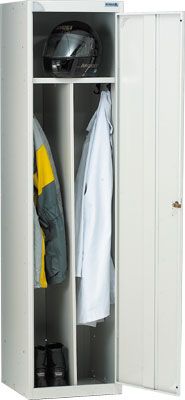
Clean & Dirty Locker
£219.99
£199.99
Supplied in: Single -
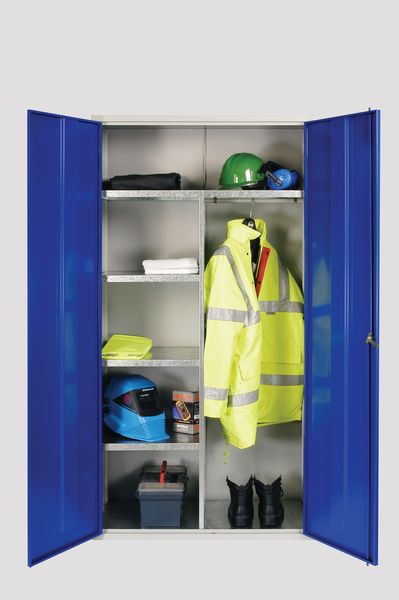
Strong and secure Personal Protective Equipment cabinets
From £179.99 To £429.99Supplied in: Single -
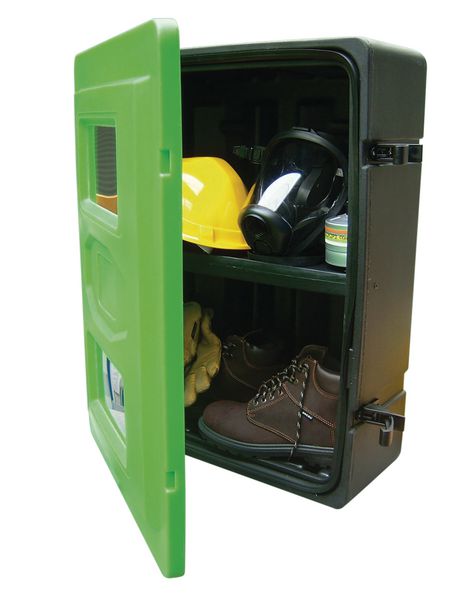
Large double-shelf PPE storage cabinet for Face Shield
From £199.99 To £219.99Supplied in: Single -
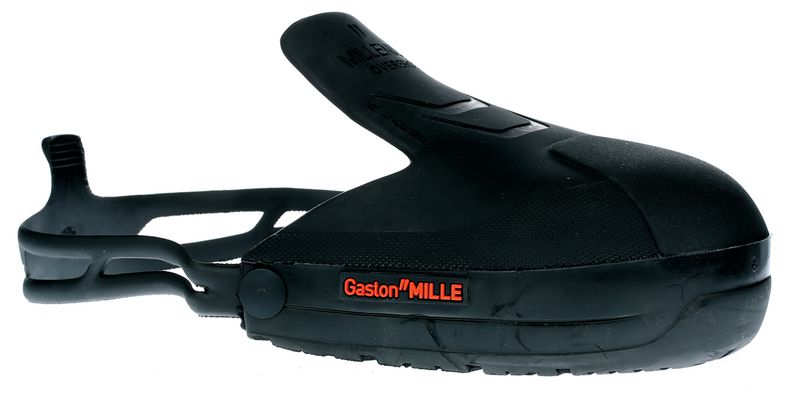
PPE Over Shoes With Steel Toe
From £203.99 To £204.00Supplied in: Pack of 5 pairs -
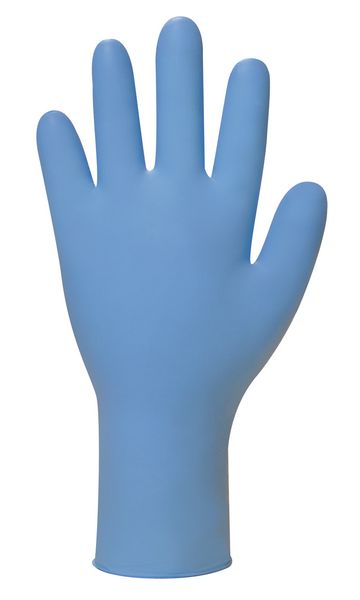
Powder free nitrile gloves for allergy sufferers
From £14.49 To £14.99Supplied in: Pack of 100 -
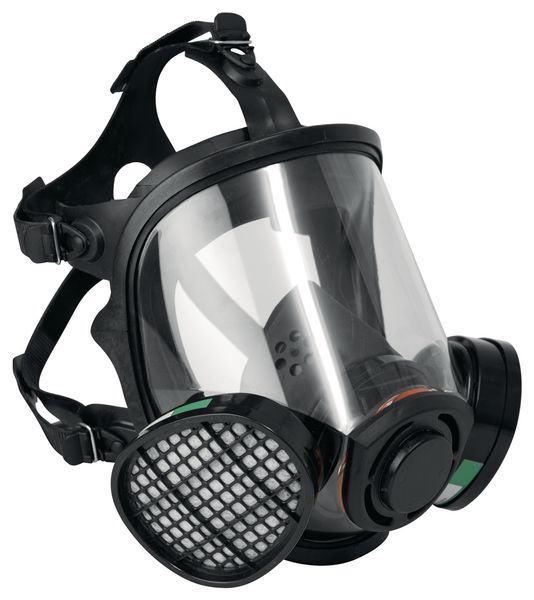
JSP Force 10 Full-Face Safety-Compliant Respirator
£102.99Supplied in: Single -
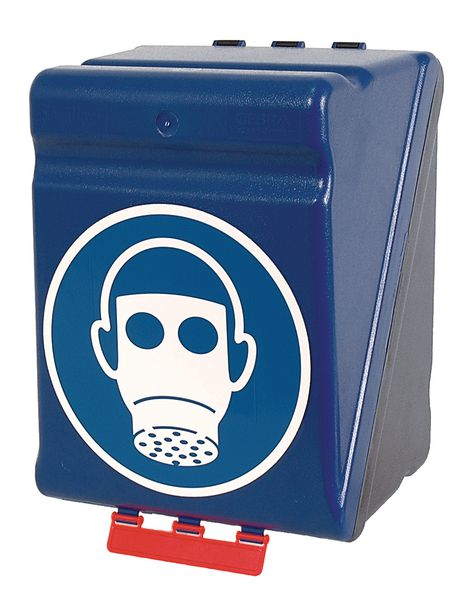
Maxi protective PPE storage box - Respiratory Protection
£57.21Supplied in: Single -
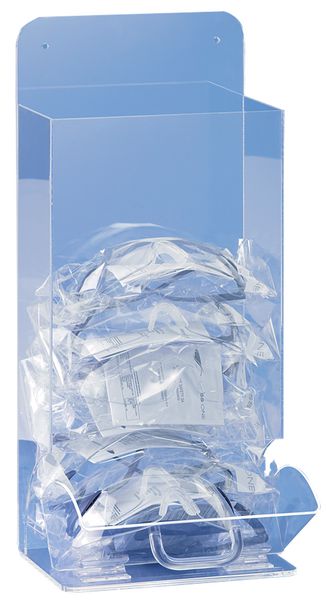
Transparent acrylic eye and face protection dispensers
From £21.73 To £79.99Supplied in: Single -

Plastic Or Vinyl 'Hearing Protection Must Be Worn' Signs
From £3.99 To £50.99Supplied in: Single -
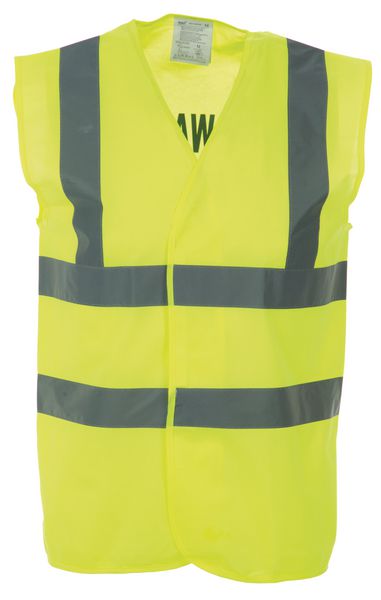
Pre-Printed 'Fire Warden' or 'Security' High-Visibility Waistcoats
£7.95Supplied in: Single -
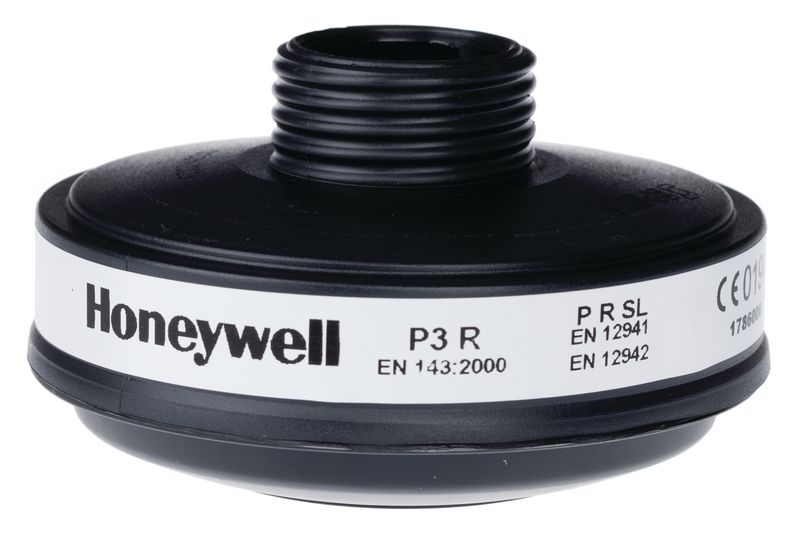
Filters for RD40 Respirator (Multi Size/Filtration) - Honeywell
From £16.99 To £50.99Supplied in: Single -
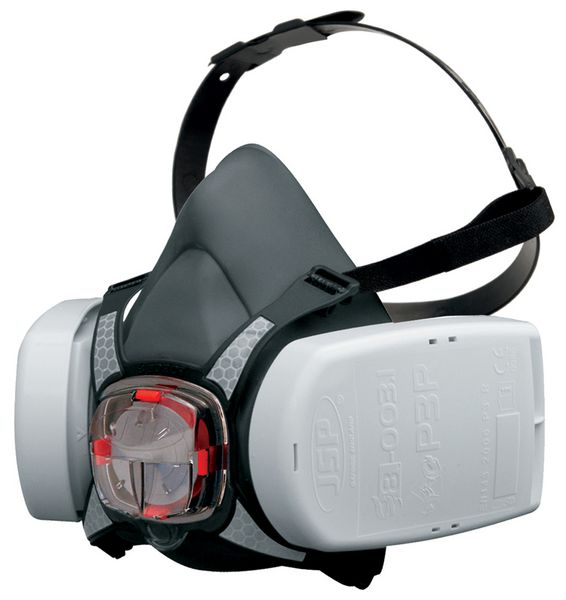
JSP Force 8 Half-Mask Respiratory Protection with PressToCheck Filters
From £29.55 To £35.99Supplied in: Single Kit -

JSP Force 10 Full Mask with PressToCheck Disposable Filters
From £99.32 To £104.00Supplied in: Single Kit -
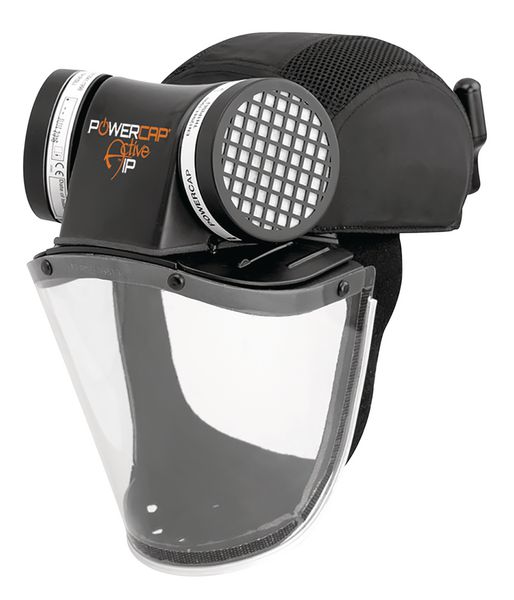
Battery Powered Protective Respirator
From £410.99 To £464.99Supplied in: Single Kit -
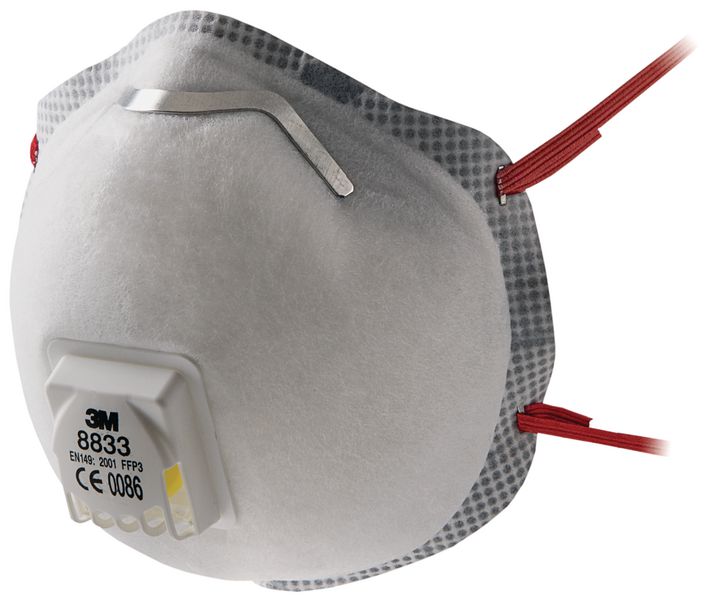
3M Comfortable Disposable Dust Masks
£54.10Supplied in: Pack of 10 -
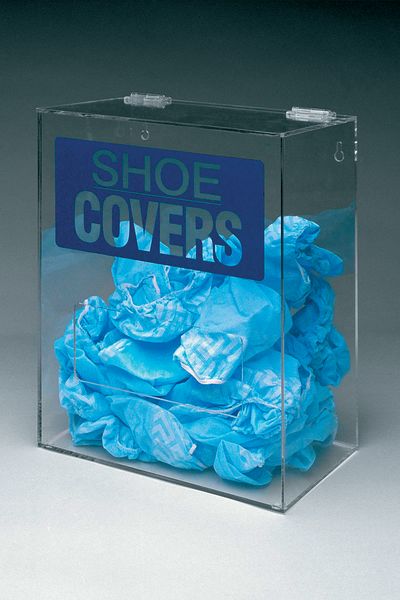
Clear Plastic Shoe Covers Dispenser
£108.99Supplied in: Single -
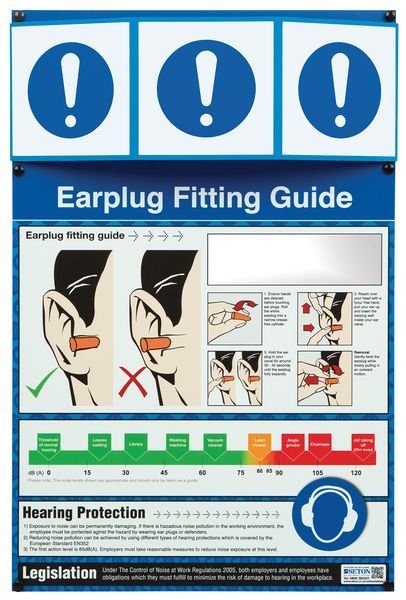
Earplug Fitting Guide Poster with 3D Projecting Header Sign
£68.49Supplied in: Single -
Promotion
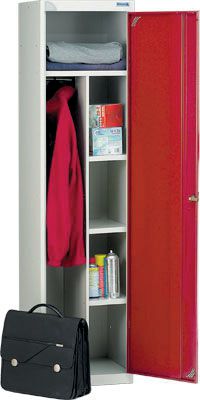
Combi Locker
£229.99
£209.99
Supplied in: Single -
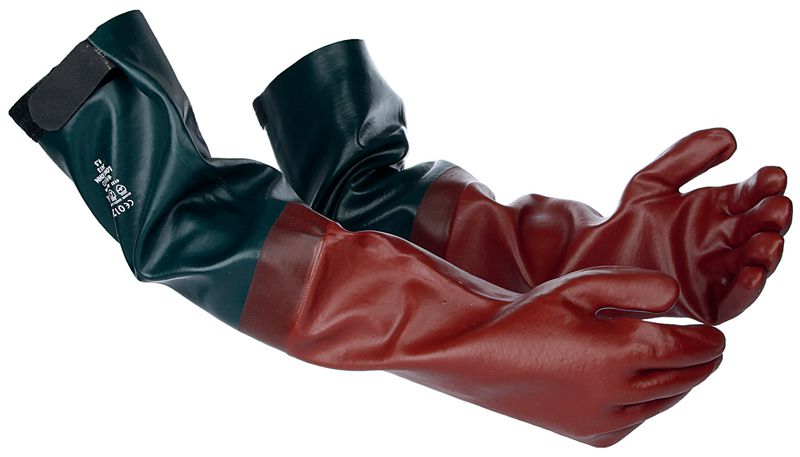
Polyco Long John PVC-Coated Rubber Extended Gloves
£14.99Supplied in: One pair -

E.A.R Classic Ear Plugs
From £51.99 To £85.99Supplied in: Pack of 250 pairs -
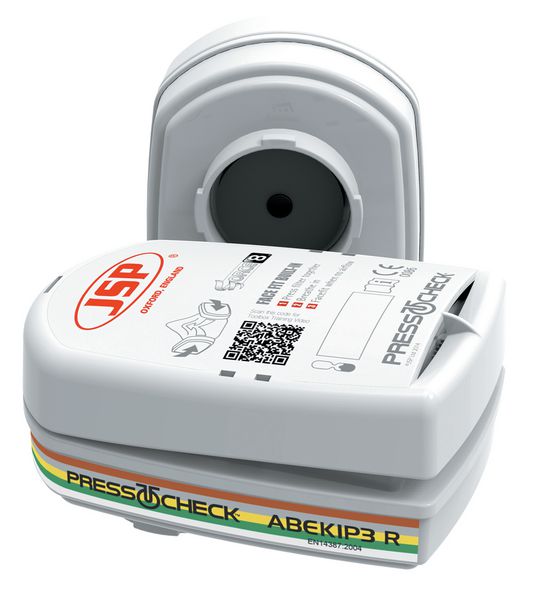
JSP PressToCheck Protective Face Mask Filters
From £17.24 To £20.95Supplied in: One pair -
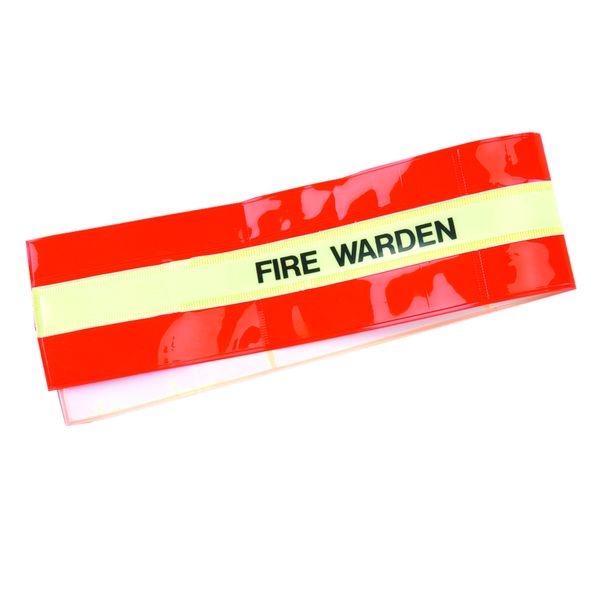
Fire Warden High Visibility Armbands
£8.19Supplied in: Single -
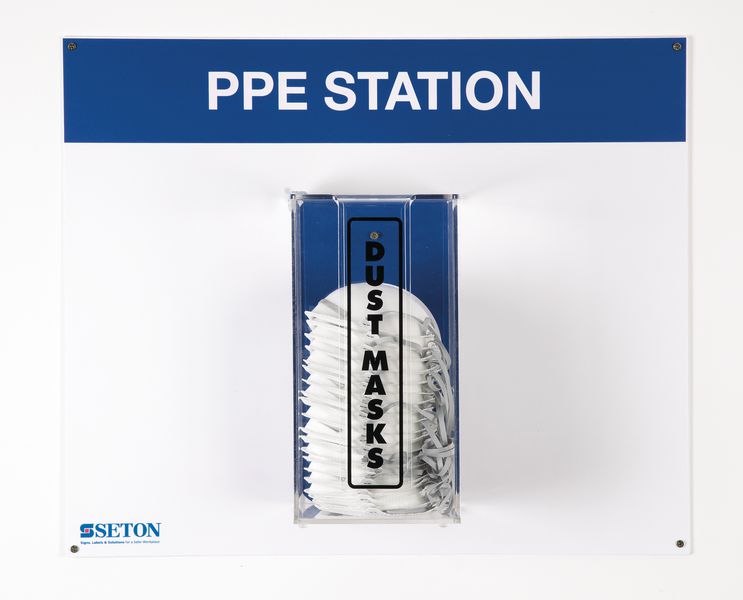
Dust Mask Dispenser Shadowboard
£147.99Supplied in: Single -
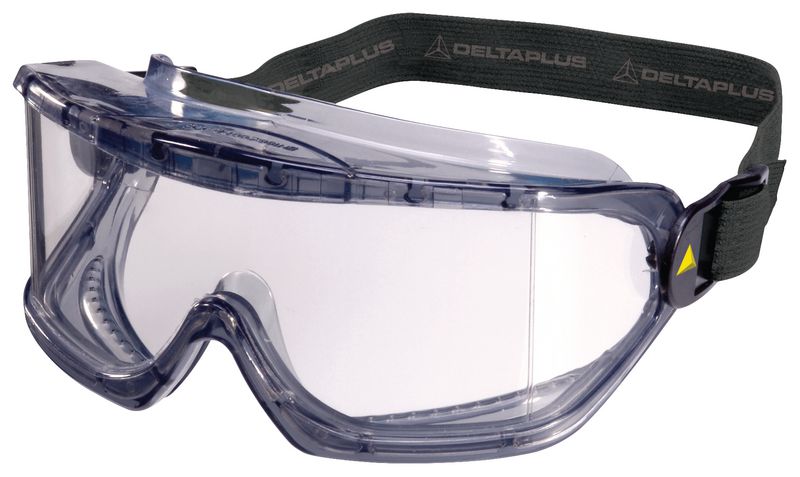
Transparent Protective Goggles from Delta Plus
£9.99Supplied in: Single -
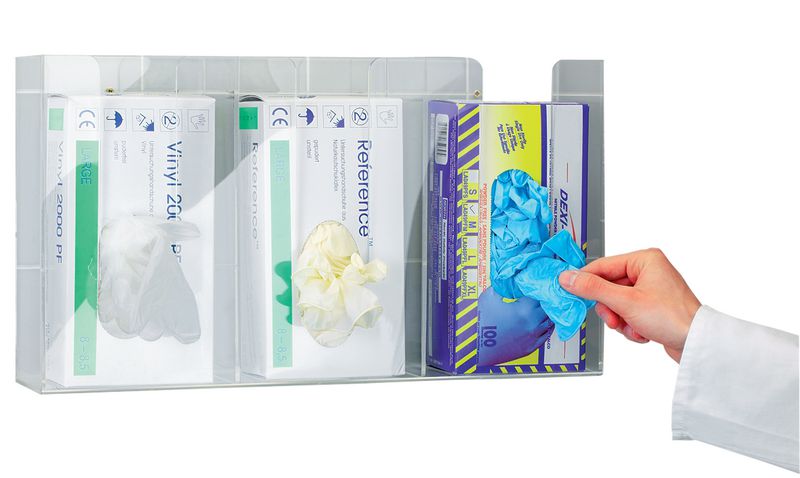
Wall-Mountable Acrylic Dispenser for Disposable Gloves
From £33.42 To £94.99Supplied in: Single -
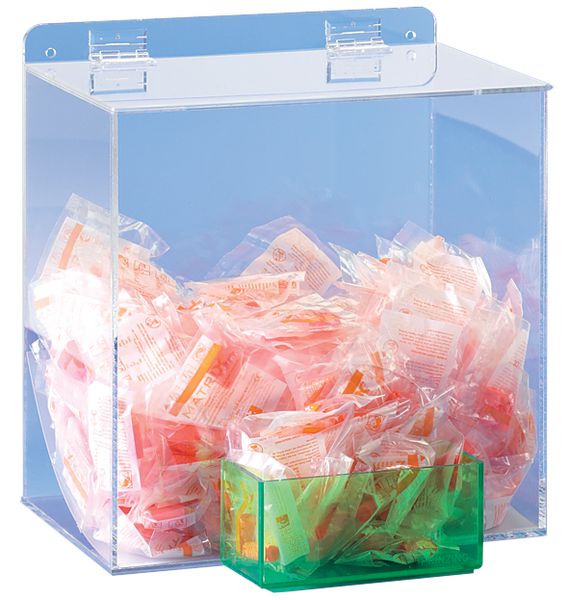
Clear Plastic Hearing Protection Dispenser with Wall-Mounting Holes
From £19.99 To £64.49Supplied in: Single -
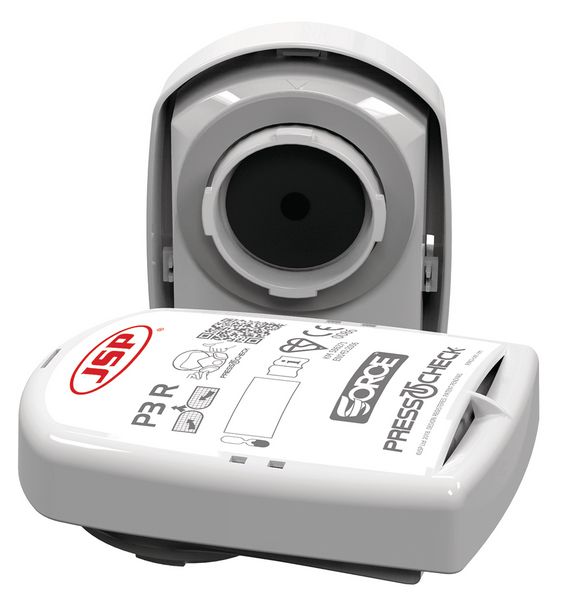
JSP® Force Respirator Cartridge Filters
From £9.99 To £15.99Supplied in: One pair -

SparkPlugs Moldex station wall-mountable ear plug dispenser
From £41.99 To £72.99Supplied in: Single -

Howard Leight® Laser Lite® Foam Ear Plugs SNR32
From £28.57 To £68.99Supplied in: Pack of 500 Pairs (Uncorded) -
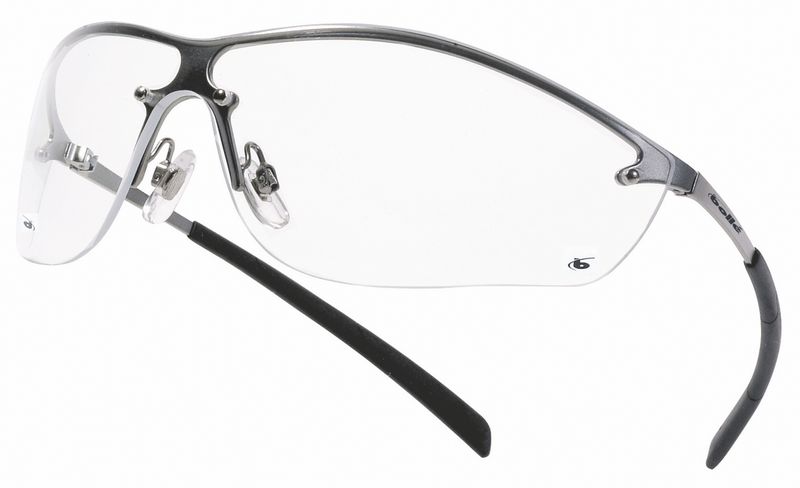
Silium Protective Glasses from Bollé
£8.49Supplied in: One pair -
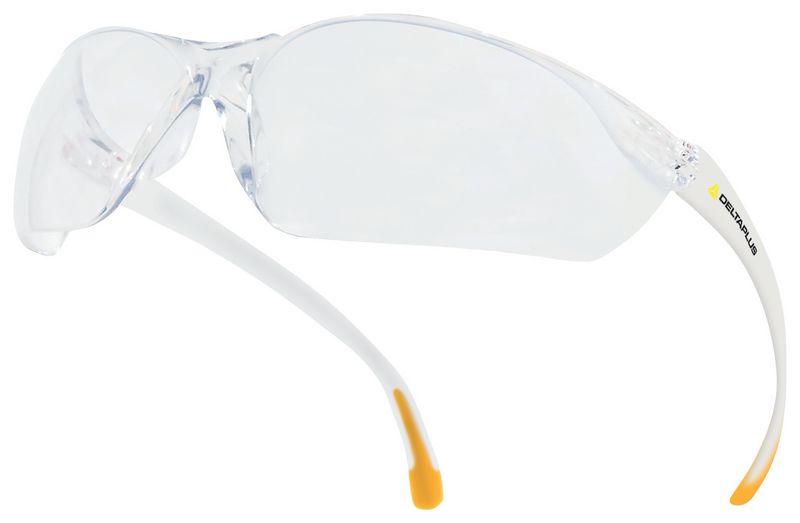
Transparent Protective Glasses from Delta Plus
£2.79Supplied in: Single -

Baseball Style Bump Cap
£8.99Supplied in: Single -
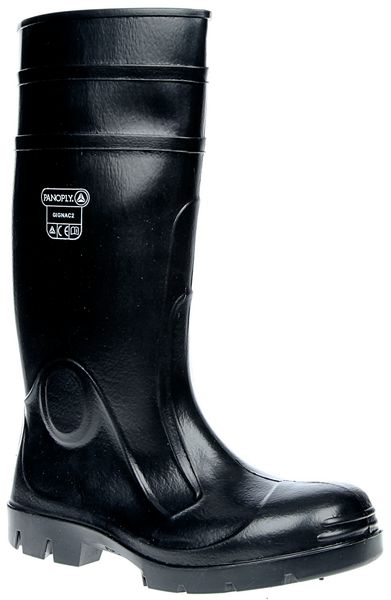
Industrial Waterproof Wellington Boots
From £26.99 To £34.12Supplied in: One pair -
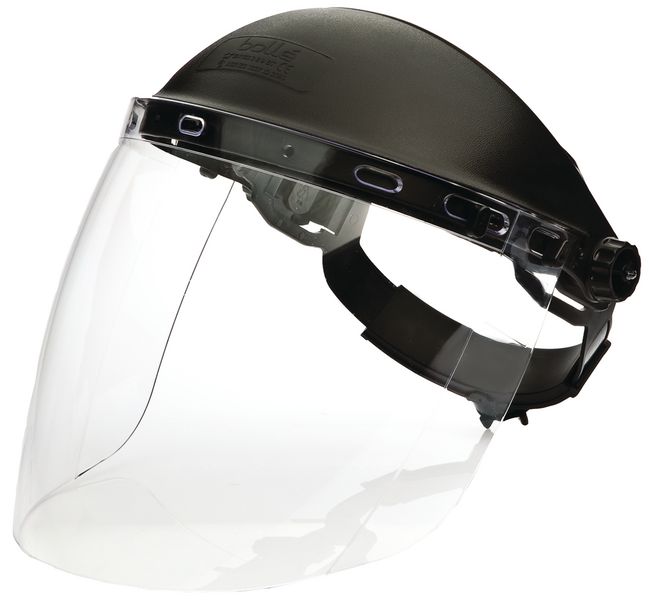
Bollé® Sphère™ Adjustable Faceshield
From £14.99 To £18.99Supplied in: Single -
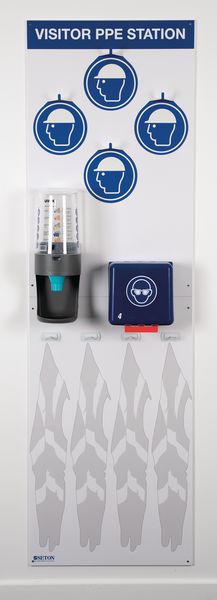
Visitor PPE Shadow Board
From £250.00 To £299.00Supplied in: Single -
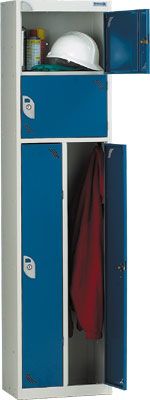
Utility Lockers
£249.99Supplied in: Single -
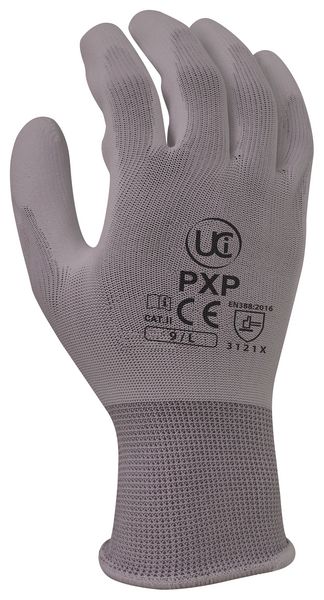
Grip gloves for light industrial work
£0.99Supplied in: One pair -
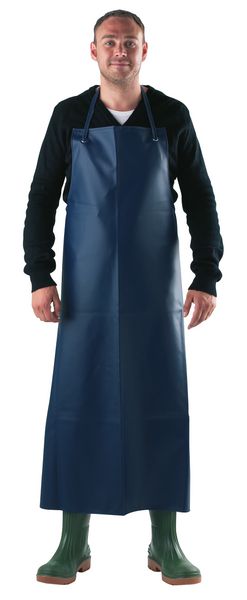
Waterproof Food Industry Chemical-Resistant Apron
£46.99Supplied in: Single -
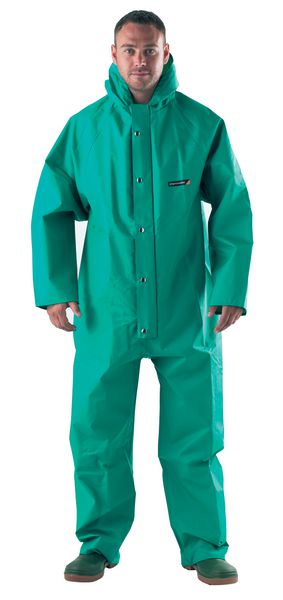
Chemical Resistant Green Hooded Boilersuit
£90.99Supplied in: Single -
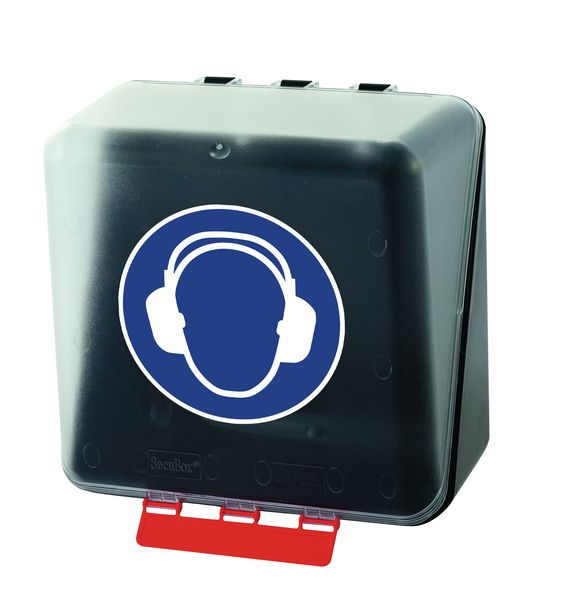
PPE Storage Boxes - Hearing Protection
From £14.99 To £40.20Supplied in: Single -

Large double-shelf PPE storage cabinet for Respirator
From £214.99 To £319.56Supplied in: Single -
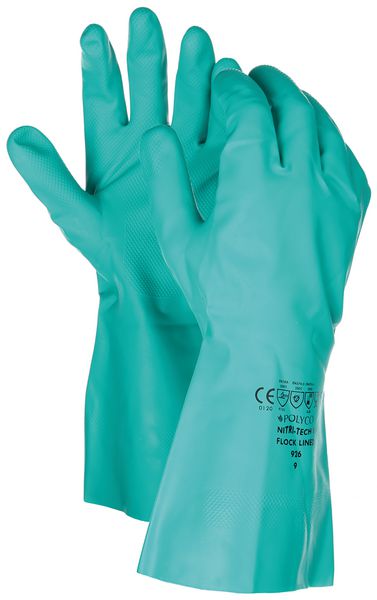
Polyco Nitri-Tech III Flock-Lined Chemical-Resistant Gloves
From £1.99 To £2.49Supplied in: One pair -

Neon E-A-R™ Disposable Ear Plugs from 3M™
From £79.49 To £92.99Supplied in: Pack of 500 pairs -
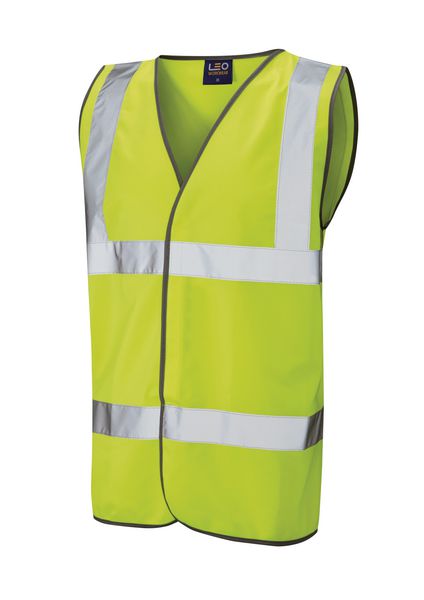
High-Visibility Vest With Braces
From £3.49 To £3.99Supplied in: Single -

Safety Anti-Fatigue Mat – Kleen-Komfort
From £84.99 To £170.00Supplied in: Single -

Mandatory Personal Protective Equipment Signs - High Visibility Clothing Must Be Worn
From £6.99 To £84.99Supplied in: Single -
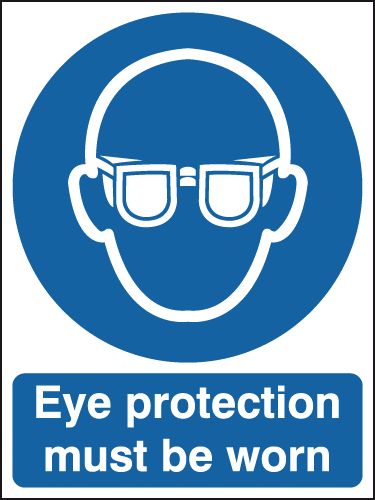
Durable Plastic Or Vinyl Eye Protection Must Be Worn Signs
From £2.99 To £84.99Supplied in: Single -
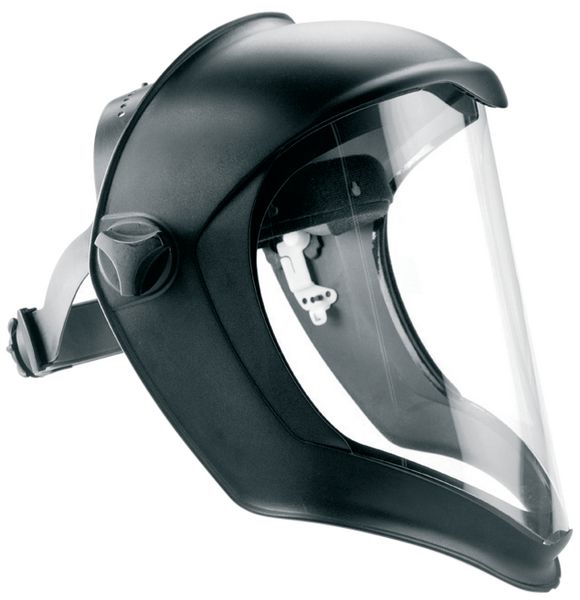
Bionic Face Mask from Honeywell
From £29.98 To £46.99Supplied in: Single -
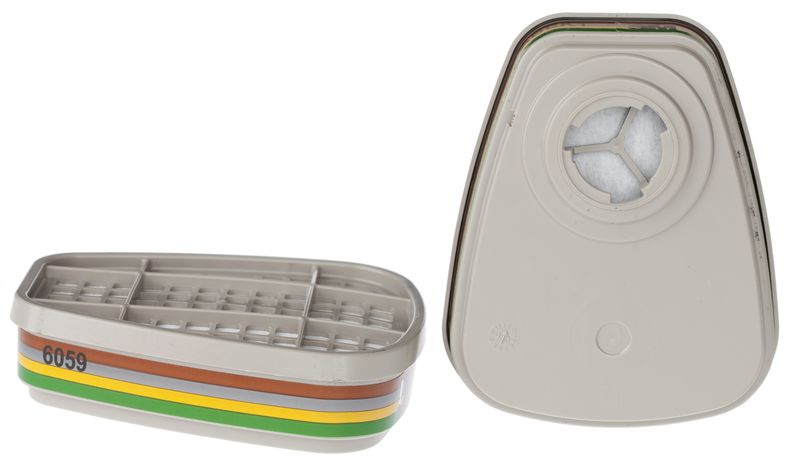
3M Twin Lightweight Filters for Respiratory Protection
From £69.49 To £138.59Supplied in: Pack of 8 -

JSP® Evolite® CR2™ High Visibility Safety Helmet
From £18.51 To £22.62Supplied in: Single -
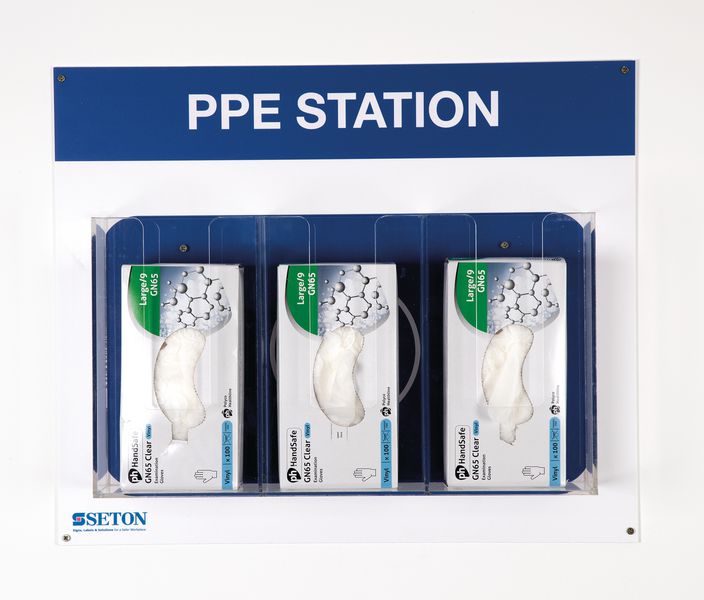
Shadow Board for Dispensing Disposable Gloves
£124.66Supplied in: Single -
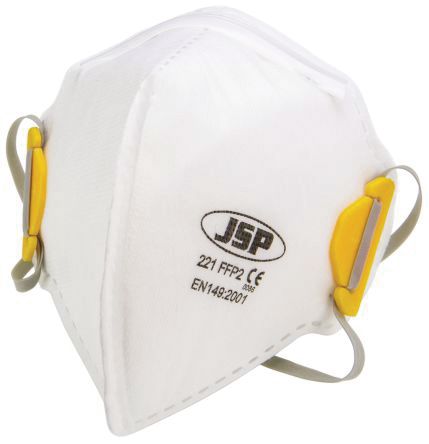
FFP2 Non Valved Deluxe Disposable Fold Flat Masks
From £8.29 To £10.14Supplied in: Pack of 20 -
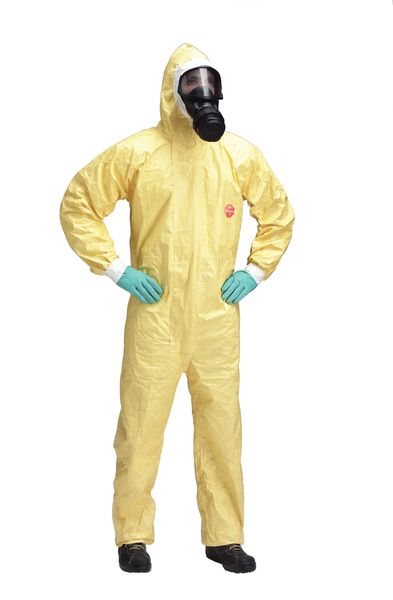
Tychem inorganic chemical-resistant coveralls
From £21.99 To £22.99Supplied in: Single -
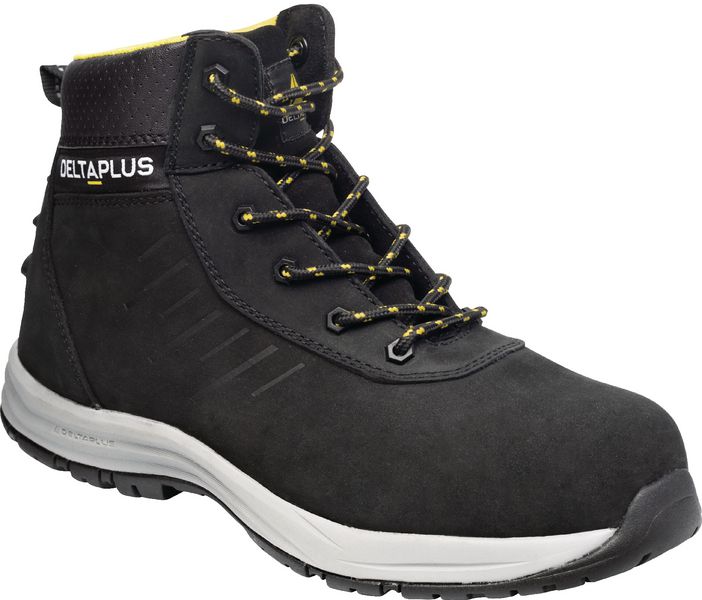
Delta Plus Legend S1P SR Safety Boots
£64.45Supplied in: One pair -
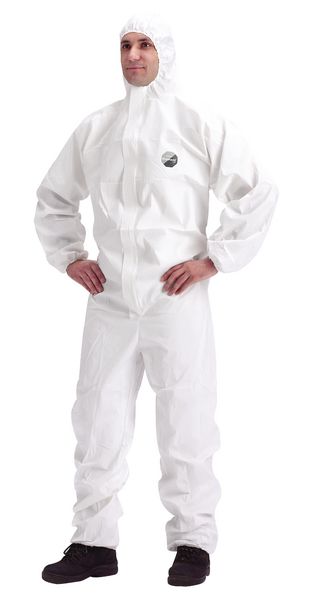
Tyvek Proshield 30 Coverall
£10.99Supplied in: Single -
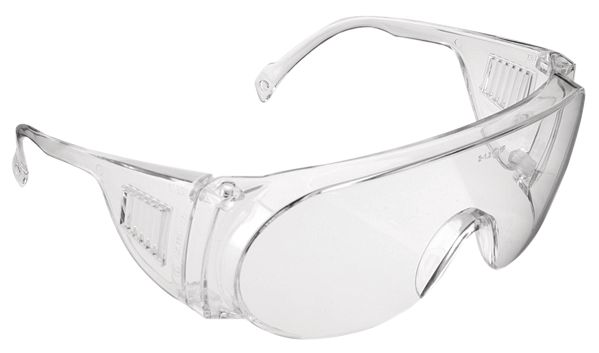
JSP® Overspec & Vivispec Pair of Spectacles
£2.49Supplied in: One pair -
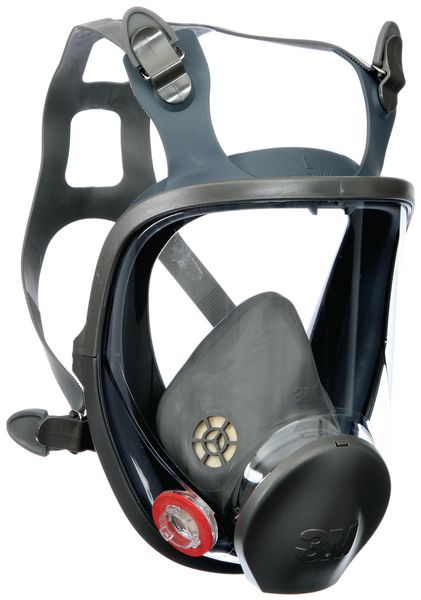
RD40 Respirator Mask Filter
£144.99Supplied in: Single -
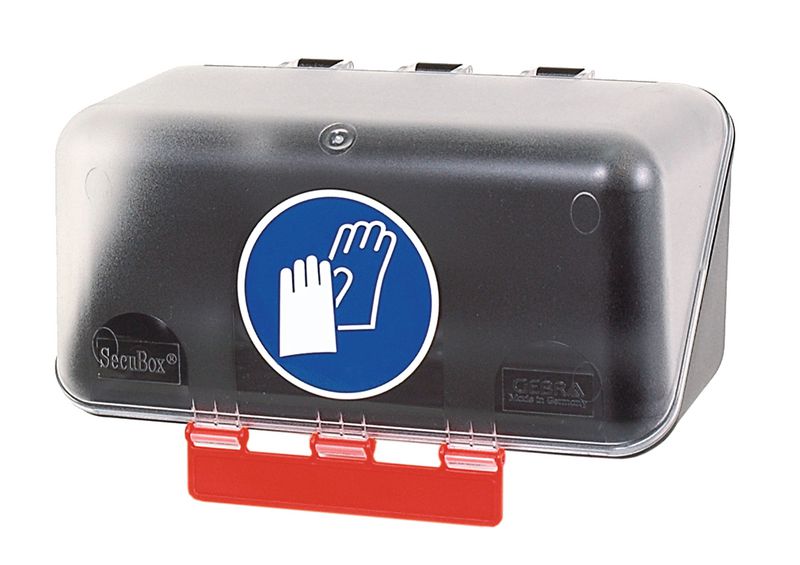
PPE Plastic Gloves Storage Boxes
From £14.99 To £50.69Supplied in: Single -
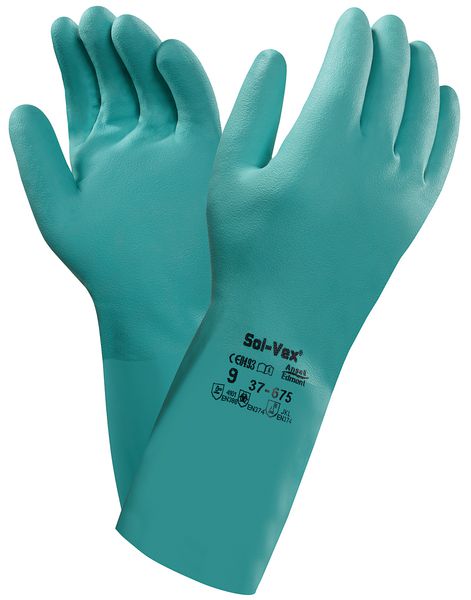
Ansell Sol-vex® reusable protective gloves
From £2.99 To £3.00Supplied in: One pair -
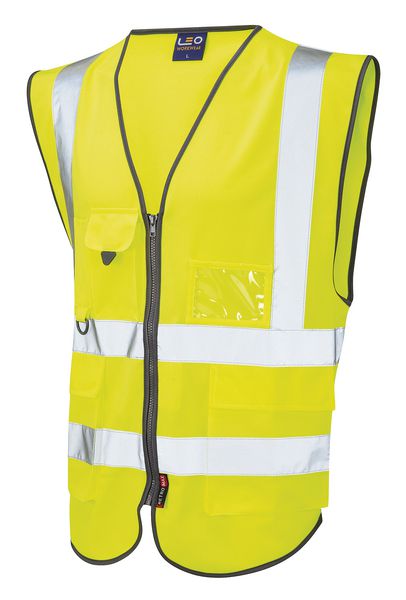
Top Quality High-Vis Waistcoat
From £7.15 To £7.86Supplied in: Single -
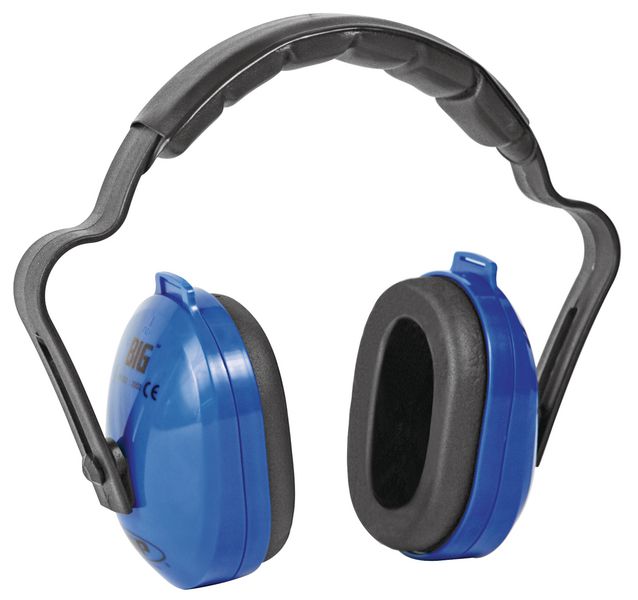
JSP Standard Protection Ear Muffs SNR30
£13.99Supplied in: One pair -

Bubblemat
From £47.89 To £89.99Supplied in: Single -
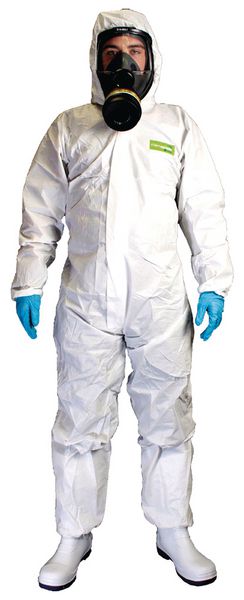
One-use protective clothing (for chemicals)
£10.25Supplied in: Single -
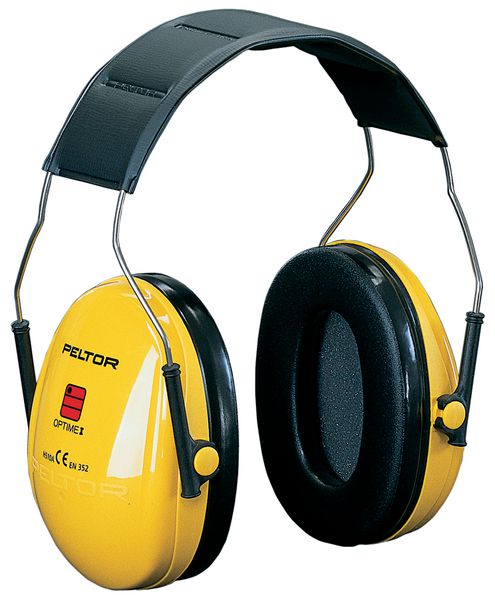
3M Protective Earmuffs with Neck or Head Band
£18.99Supplied in: One pair -
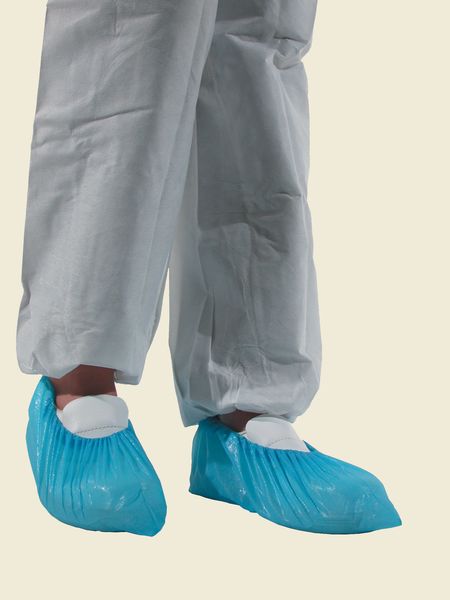
Economical Blue Polyethylene Disposable Safety Overshoes
£3.84Supplied in: Pack of 50 pairs -
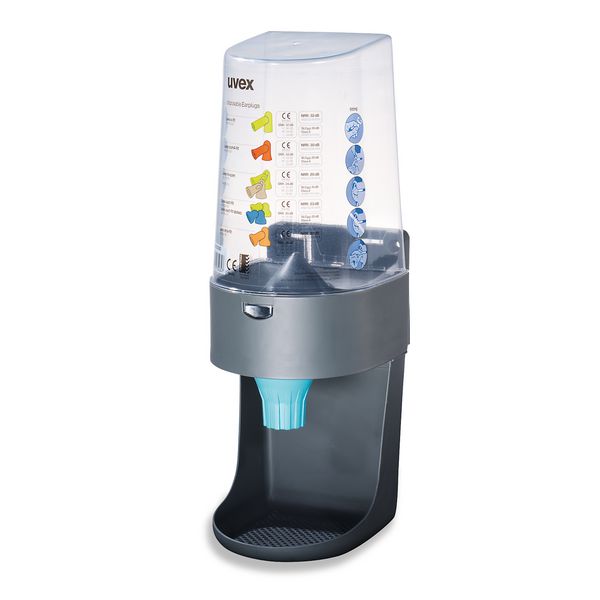
Handy, easy to use ear plug dispenser
£30.69Supplied in: Single -
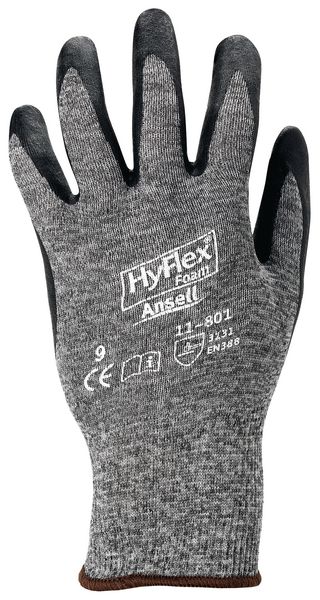
Ansell HyFlex® 11-801 Flexible Cut-resistant Gloves
From £7.00 To £7.49Supplied in: One pair -
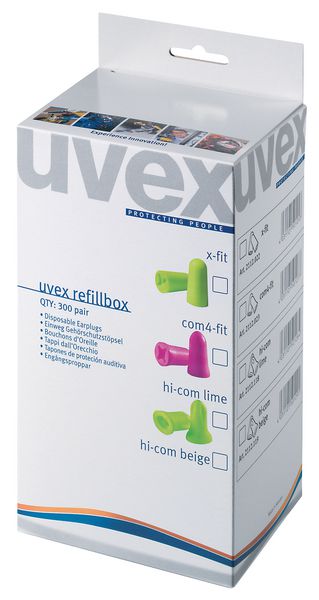
Uvex X-fit 37dB Earplugs - Dispenser Refill Pack
From £33.81 To £55.39Supplied in: Pack of 300 pairs -

ZIRCON1 Safety Helmet from Delta Plus
£4.99Supplied in: Single -
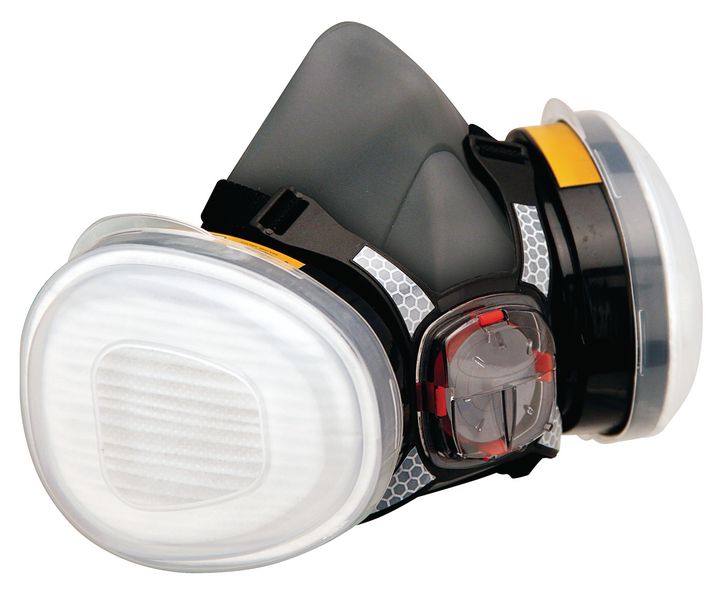
JSP® Force 8 Half-Face Respirator
£20.42Supplied in: Single -
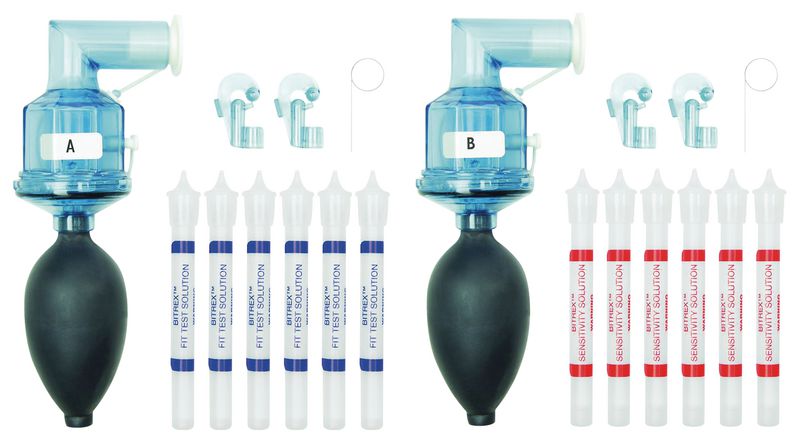
Face Fit Testing Kit from Delta Plus
£352.32Supplied in: Single Kit -
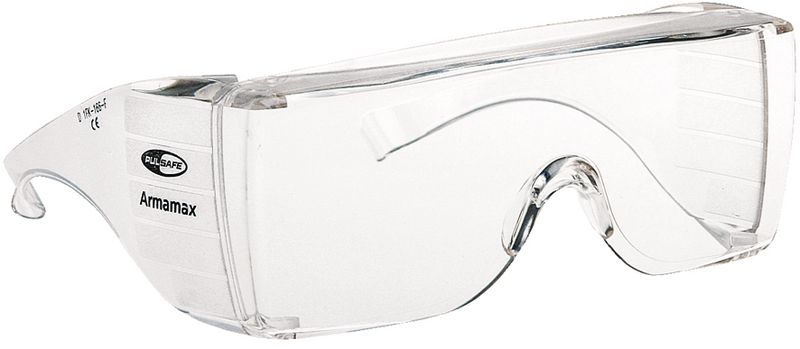
Honeywell Highly Durable Armamax® Overspecs
£7.49Supplied in: One pair -
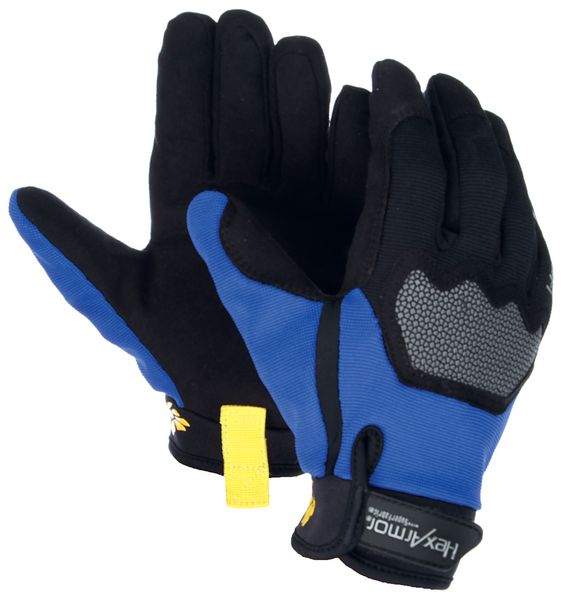
Hexarmor 4018 Cut-Resistant Durable Gloves
£38.99Supplied in: One pair -

JSP High-Vis Protective Hard Cap
From £16.99 To £27.79Supplied in: Single -
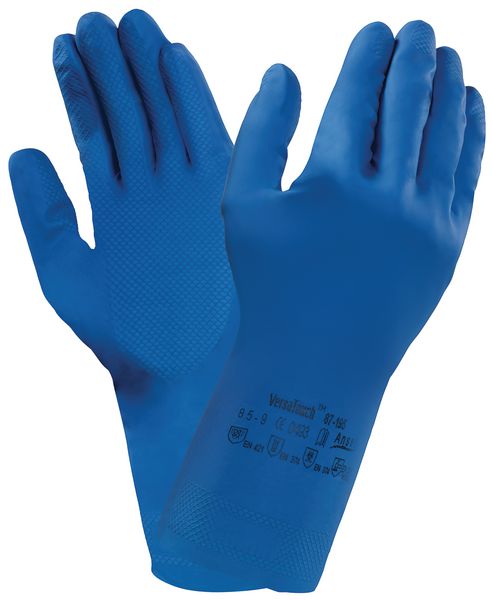
Ansell Versatouch™ 87-195 Reusable Chemical Protection Work Gloves
£0.99Supplied in: One pair -
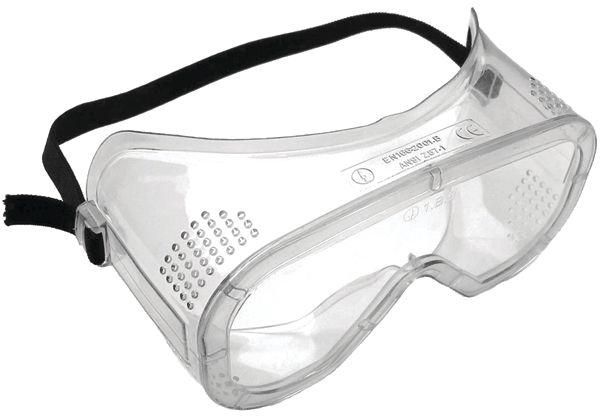
Durable Impact-Resistant Safety Goggles
£1.95Supplied in: One pair -
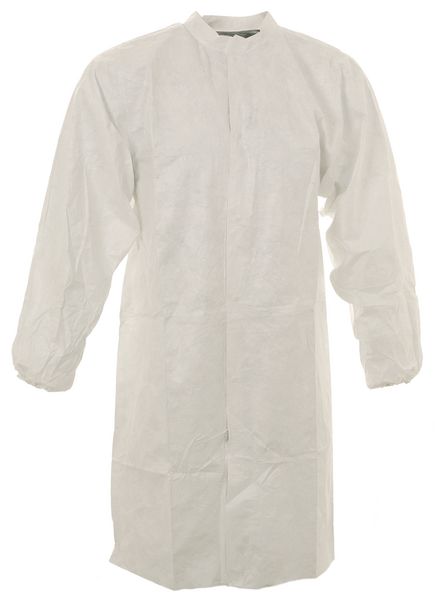
Tyvek® Disposable Lab Coat with Snap-Front Fastening
From £6.99 To £7.29Supplied in: Single -
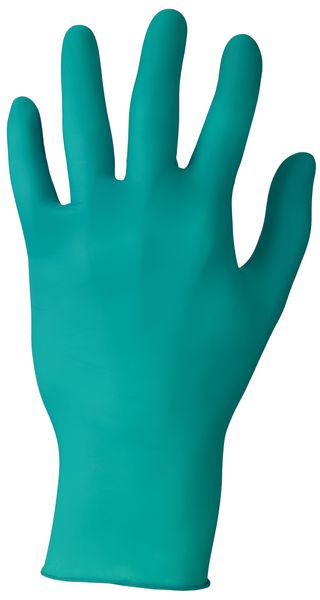
Ansell Touchntuff 92-600 Single-Use Chemical Protection Gloves
£28.99Supplied in: Pack of 50 pairs -
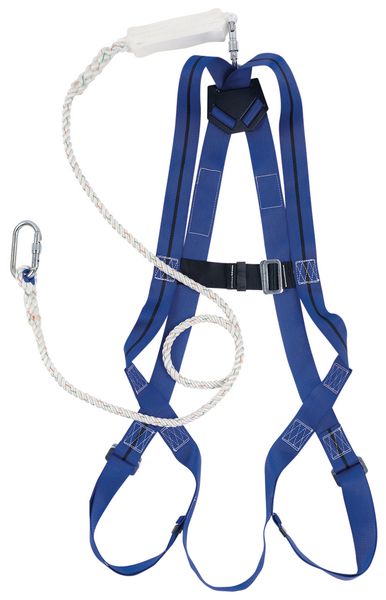
Miller® Standard Fall Arrest Kit with Titan Harness and Back Ring
£82.32Supplied in: Single Kit -

JSP EVO2 High-Density Polyethylene Safety Helmet with Cooling Vents
From £6.11 To £6.25Supplied in: Single -
Promotion

Twin Locker
£239.99
£229.99
Supplied in: Single -

Anti-Fatigue Deck Plate Matting
From £79.99 To £2,199.99Supplied in: Single -
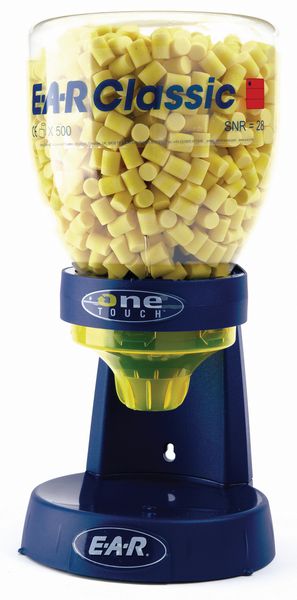
E.A.R Classic One Touch Dispenser
From £102.99 To £190.99Supplied in: Single Kit -
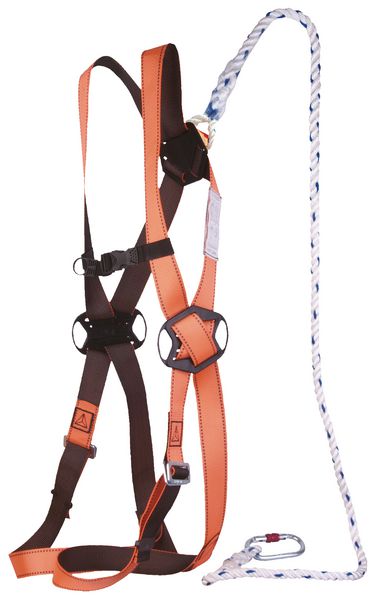
Delta Plus Adjustable Safety Harness
£29.99Supplied in: Single -

3M Ear Hearing Protection PPE Station
£99.99Supplied in: Single
Personal Protective Equipment (PPE)
PPE is an essential part of health and safety, and most regulations now say that when carrying out certain tasks, PPE must be used. PPE stands for Personal Protective Equipment and ranges from ear protection to steel toe boots. It is the responsibility of the employer to make sure that all staff are issued with the correct PPE and that they use it as and when directed.
The range of PPE available means that there is no task that cannot be tackled - everybody can find what they need to protect themselves as much as possible while they are working.
Also discover:
Site safety equipmentAnti slip flooringFire safety equipmentLockout tagout equipmentPipe markersChemical protective clothingDisposable latex glovesSafety helmetHi vis clothingPPE storageSafety footwearProtective gloves
Selecting the Correct Personal Protective Equipment (PPE)
Employers must assess working environments and provide personal protective equipment (PPE). It is, however, not always easy to select the correct gear, such as protective coveralls or disposable lab coats. The Health and Safety Executive (HSE) provides some guidelines on selecting Personal Protective Equipment:
- Choosing PPE with the CE mark assures that the protective clothing, which includes chemical resistant clothing and coveralls, complies with the Personal Protective Equipment (Enforcement) Regulations 2018.
- Select personal protective equipment according to the size, fit and body mass of the user. Involving employees in the selection of PPE motivates them to wear it. Distinguish between things such as coveralls for men and coveralls for women.
- Ensure that when necessary, different items of PPE can be worn together and that one item does not hamper the functionality of another.
- Train employees on the necessity and use of personal protective equipment. This on-the-job education can include things such as how to take off gloves and a chemical resistant apron without coming in contact with the skin.
Personal Protective Equipment (PPE) Categories
The European Directive (EU) 2016/425 defined the categories and consequent varying protective levels of PPE. These categories relate to production quality controls and the regulatory bodies involved in certifying the relevant personal protective equipment.
Category I: This is simple protective clothing that protects wearers against minimal risks and is not suited for high-risk working environments. This level of personal protective equipment does not require evaluation or testing. Minimal risks include slight mechanical injuries, hot surfaces not exceeding 50°C, and non-extreme variances in temperatures.
Category II: This relates to intermediate personal protective equipment and the exposure of employees to medium-level risks. Protective clothing in this category includes items such as safety goggles and industrial helmets. The applicable regulatory bodies must test and approve these items.
Category III: The personal protective equipment in this category is complex and must be worn by employees working in high-risk environments. These risks can severely harm the health and wellbeing of workers. Category III-compliant PPE must be continuously assessed and certified by assigned regulatory bodies. High-level risks include:
- Exposure to hazardous and harmful materials in either solid, gas or liquid form. These also include working with and exposure to dangerous biological materials.
- Environments prone to become oxygen deprived.
- Working with high-pressure jets.
- Performing work that can lead to drowning.
- Working with or in radioactive or radiated environments.
- Electrical works and installations that can potentially lead to electrical shocks.
- Extreme temperature variances of above 100°C or below 50°C.
- Working at dangerous heights that can lead to falls.

